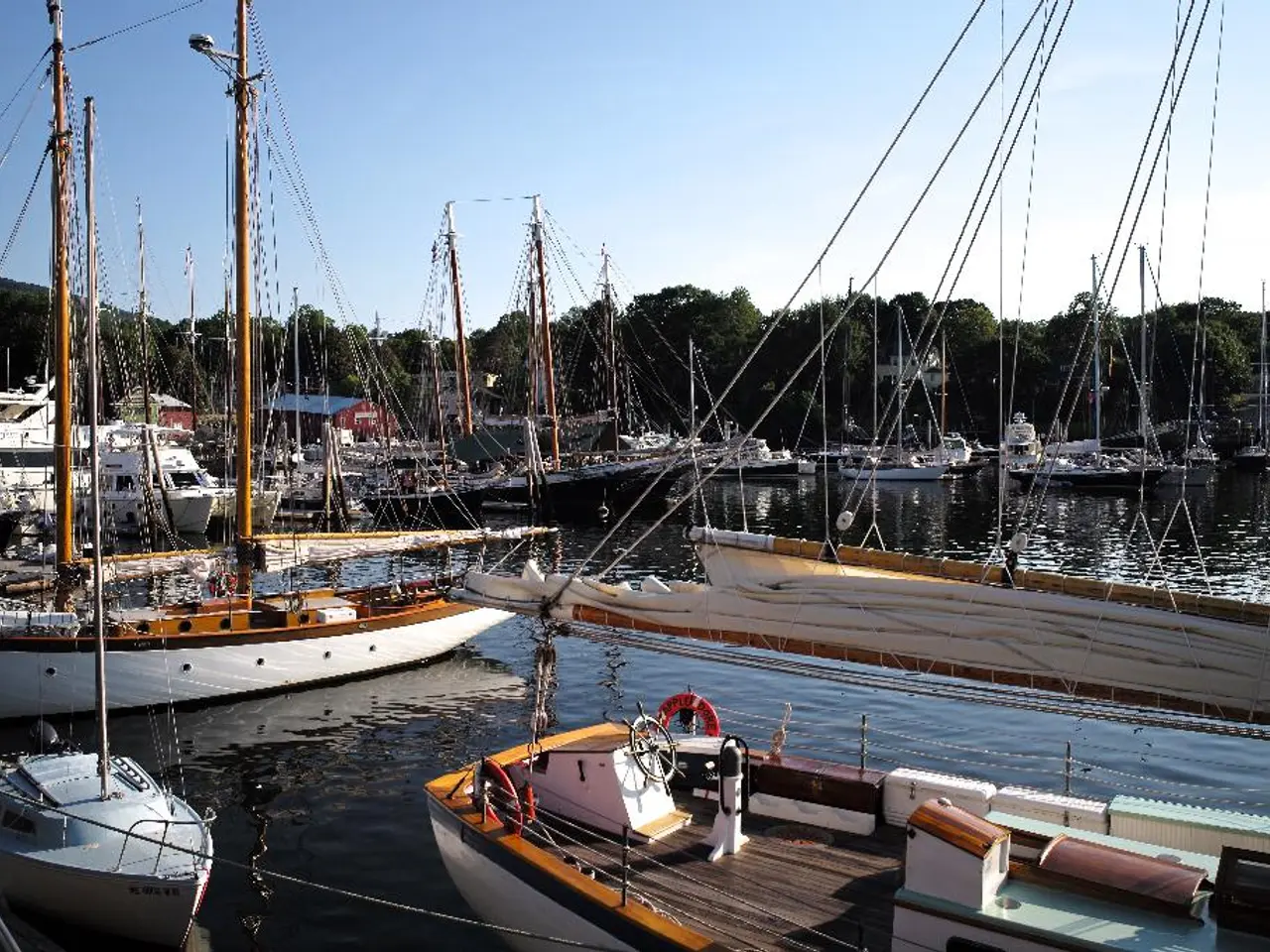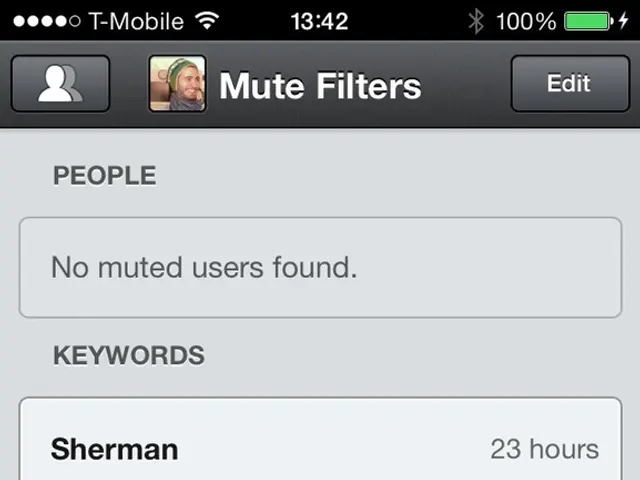Week's Setbacks for Lolland and Future Scenarios for Nets within Denmark
The Fehmarn Belt Link, an 18-kilometer combined immersed road and rail tunnel connecting the Danish island of Lolland to Fehmarn in Germany, is currently under active construction. This ambitious project, funded entirely by Denmark, is set to become the world’s longest immersed tunnel, significantly reducing travel times between Denmark and Germany and providing a faster route from the Nordic countries to Central Europe.
Major progress has been made on the Danish side, with the completion of a parts factory in Lolland scheduled for 2023, the assembly of the first tunnel segments beginning in 2025, and the lowering of the first tunnel element planned for 2025. However, some uncertainty remains about full rail connectivity due to delays on the German side.
The rail element of the link may not be ready to open before 2032, as the necessary German mainland rail connection is still pending approvals and planning. This potential delay may mean that when the tunnel opens around 2029, initial rail service from Germany to Denmark might be limited.
The Fehmarn Belt Link project has received significant EU support as a key component of the Trans-European Transport Network, with more than €1 billion in EU grants supporting construction and regional development around the link.
While the Danish part of the project is progressing well, the country faced a significant weather event last weekend. The national meteorological agency, DMI, issued its first ever "dangerous" type weather alert for rain, with Lolland receiving over 100 millimeters of rainfall on Tuesday, which is more than the monthly average for July. The event resulted in the Great Belt Bridge changing its policy to open toll barriers after 15 minutes in similar situations in the future to prevent major tailbacks and vandalism.
In a separate incident, Nets, the company operating most bank card payments in Denmark, suffered an outage last weekend due to a "rare component failure." Business owners and customers have criticized Nets' communication during the outage. Nets' country director for Denmark, Allan Bonke, has assured that the fault will not happen again after reviewing what went wrong.
Meanwhile, the Lolland-Falster region has been marketing itself as a serious option for international relocation, expecting a significant economic boost from the opening of the crossing. The initial agreement between the Danish and German governments for the project dates back to 2010.
Excavation work under the Fehmarn Belt commenced in 2020 and was completed earlier this year. The Øresund Bridge was not affected by the Nets outage. Femern A/S, a subsidiary of the Sund & Bælt Group, is overseeing construction on the Danish side of the tunnel.
The Fehmarn Belt Link is a significant project that, once completed, will revolutionise travel between Denmark and Germany. Despite the challenges on the German side, Denmark remains committed to delivering its part of the project on schedule.
[1] "Fehmarn Belt Link: The world's longest immersed tunnel set to revolutionise travel between Denmark and Germany." The Local, [date]. [2] "Fehmarn Belt Link: Germany's rail connection delays threaten initial service." The Local, [date]. [3] "Fehmarn Belt Link: Construction milestones and progress updates." Sund & Bælt Group, [date]. [4] "Fehmarn Belt Link: EU grants and regional development support." European Commission, [date]. [5] "Fehmarn Belt Link: DMI issues first ever 'dangerous' weather alert for rain." DR, [date].
- The Fehmarn Belt Link, a revolutionary project in the transportation industry, is set to be the world's longest immersed tunnel upon completion, significantly impacting travel times between Denmark and Germany, and facilitating faster routes from the Nordic countries to Central Europe.
- Funding for this ambitious project falls entirely on Denmark, with construction advancements such as the completion of a parts factory in Lolland scheduled for 2023, the assembly of the first tunnel segments beginning in 2025, and the lowering of the first tunnel element planned for the same year.
- However, uncertainty remains about the full rail connectivity due to delays on the German side, as the necessary German rail connection approval and planning are yet to be finalized, potentially delaying the rail service from Germany to Denmark opening until 2032.
- To support the Fehmarn Belt Link project, the European Union has granted more than €1 billion in funds to construction and regional development surrounding the link, citing its importance as a key component of the Trans-European Transport Network.
- A significant weather event occurred in the Lolland region last weekend, with the national meteorological agency, DMI, issuing its first ever "dangerous" type weather alert for rain, resulting in over 100 millimeters of rainfall. This event led to changes in the Great Belt Bridge's toll barrier policy to prevent major tailbacks and vandalism in similar situations in the future. In an unrelated incident, Nets, the company operating most bank card payments in Denmark, suffered an outage due to a "rare component failure."




